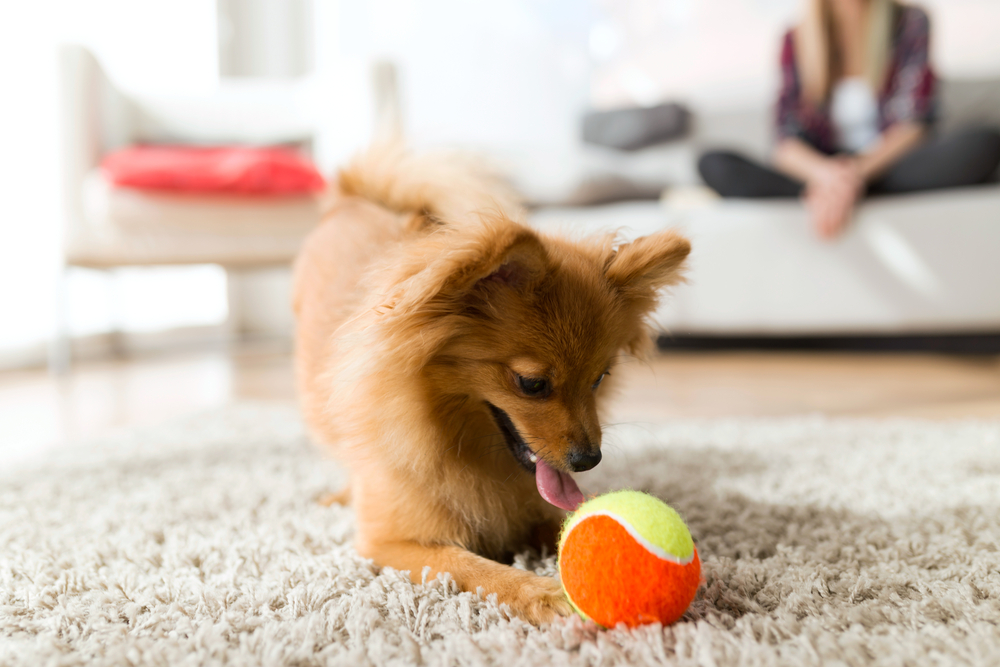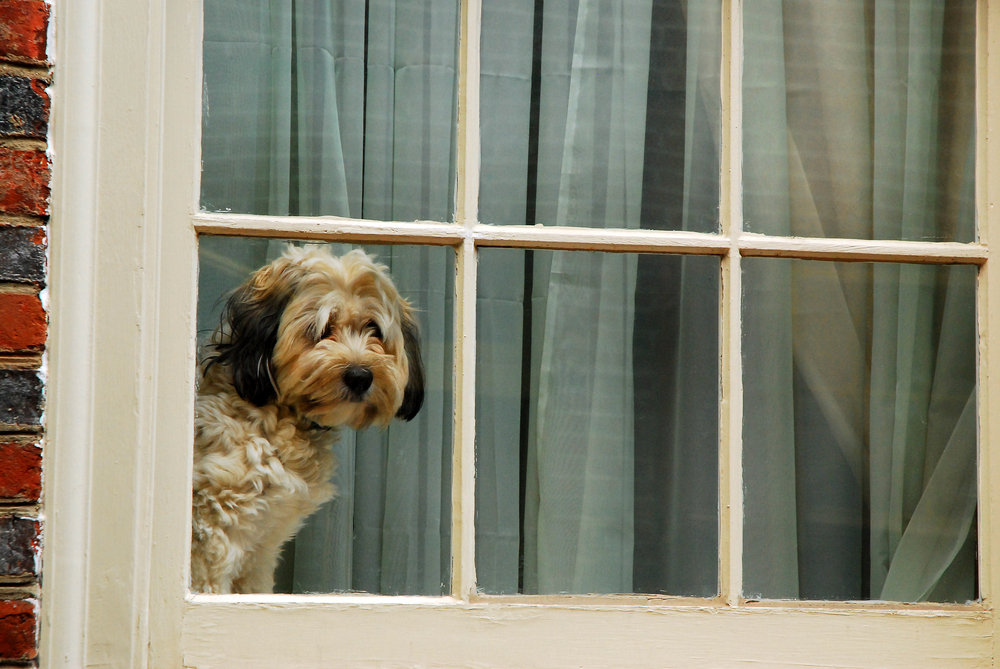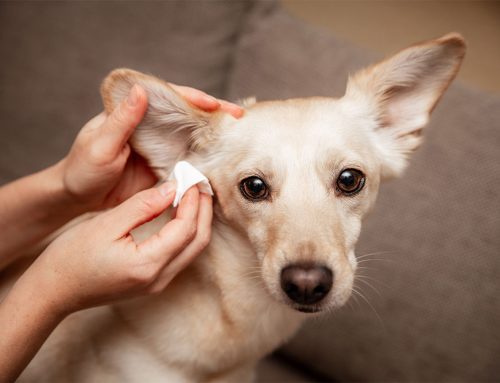We love dogs because they form such strong social bonds with us, but for some dogs, these close bonds become shackles that chain them to a life of panic and distress whenever they’re alone.
Separation anxiety can escalate quickly and endanger your dog, damage your home, and potentially devastate your dog-owner relationship. Because treating is easier than preventing this condition, the south Austin veterinary team at Oliver Animal Hospital recommends helping your dog learn independence right away through gradual exposures and positive associations.
What is separation anxiety in dogs?
Separation anxiety is a commonly diagnosed canine behavior disorder characterized by the dog’s overattachment to a human, and an inability to be without them. Dogs who cannot cope with separation experience mental and physical distress ranging from mild to extreme—on par with a human panic attack. Because the condition is progressive and may be misinterpreted as a training issue, many dogs are suffering with severe separation anxiety by the time their owner seeks veterinary intervention.
What are separation anxiety signs in dogs?
When the condition initially appears, dogs may appear antsy or clingy as you prepare to leave, and overjoyed at your return. They may scratch at the door or vocalize after you depart. And while this can be typical for some dogs, the signs should self-resolve in the first few minutes after you leave or return. However, for dogs with separation anxiety, repeated or prolonged absences trigger intense distress and obvious signs, including:
- House soiling
- Excessive vocalizing
- Inappropriate chewing
- Destructive behavior (e.g., of furniture, flooring, or walls)
- Digging or scratching at exit points (i.e., doors and windows)
- Escape attempts
Differentiating between separation anxiety and insufficient training can be challenging for some owners, but spotting the difference is actually easy. Separation anxiety signs occur only during the bonded human’s absence, not while they are with the dog.
Preventing separation anxiety in dogs
Setting your dog up to become a confident and independent canine begins on day one, but if your dog or puppy isn’t a new arrival, you can still help them learn to cope with being alone.
- Teach your dog to love their crate or pen — Crates, exercise pens, and baby gates are more than barriers to prevent inappropriate behavior—dogs are den animals who naturally find comfort and security in confined spaces. Introduce your dog to their crate or confinement using positive reinforcement, so they learn that the space is a great place. Ensure their confined space is in a central location so they don’t feel isolated during the initial learning phase. If your dog has had a bad experience with confinement (e.g., prolonged isolation, neglect, or injury during an escape attempt), use a small dog-proofed room with a baby gate.
- Give your dog daily alone time — Resist the desire to spend every waking moment with your new puppy or dog, because the constant togetherness can encourage them to become overly dependent on you and your attention. Instead, take short breaks every day by putting your dog in their crate or pen with a food-stuffed toy or a long-lasting chew. Start by leaving the room for only a few minutes, gradually increasing your time and distance until you are leaving your home completely. Your dog may whine initially, but should settle down quickly.
- Set an example for your dog with calm greetings — Don’t stretch out your goodbyes with apologetic hugs, treats, and promises to your dog that you’ll return soon. Likewise, don’t match your dog’s enthusiastic energy when you return. Instead, come and go quietly without any fanfare. Take your dog to their designated place, provide a food-toy if appropriate, and leave. When you return, wait until your dog has settled down to say hello—and then do so with gentle petting and a low calm voice.
- Ignore your dog at home — You do not need to provide constant entertainment for your dog. Ensure you practice detached supervision from the beginning. If your dog or puppy isn’t completely house trained, or not ready to have free rein, confine them to their crate, pen, or room. You may be nearby, but you aren’t directly engaging with your dog. Ignore any attention-seeking behavior, and quietly praise your dog—without making eye contact—for any calm or quiet behavior.

- Train and socialize your dog — Controlled, positive exposures to new sights, sounds, people, and pets, and basic self-control skills (e.g., “Sit,” “Stay,” “Down,” “Leave it,” and “Come”) can help your puppy or dog learn confidence, resilience, independence, and appropriate behavior. Enroll in a positive reinforcement training class with a qualified trainer to guide you through successful socialization and foundation manners.
- Provide consistent mental and physical exercise for your dog — Insufficient physical exercise and boredom can lead to behavior problems and worsen mild anxiety. Your dog should receive ample daily opportunities to run and play, as well as to engage their mind through training. Well-exercised dogs are more likely to rest during your absence, which will establish a positive association over time, because your dog will associate your leaving with rest and relaxation.
If your dog is experiencing separation anxiety signs
Separation anxiety isn’t a condition that goes away on its own, but requires veterinary intervention for resolution. If your dog is showing separation anxiety signs, contact the south Austin veterinary team at Oliver Animal Hospital. After a physical examination to rule out health-related causes, our veterinarians will design a plan that includes medication and behavior therapy to help your dog find peace.








Leave A Comment